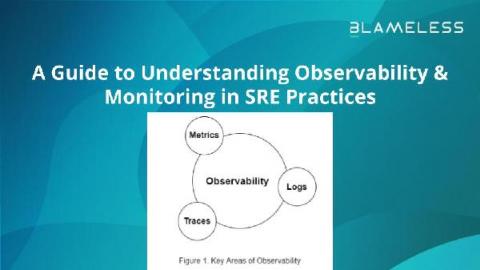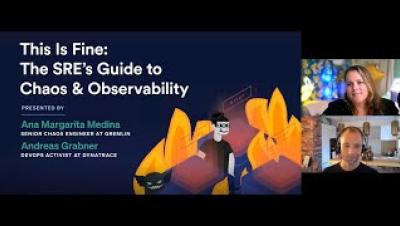Operations | Monitoring | ITSM | DevOps | Cloud
Observability
The latest News and Information on Observabilty for complex systems and related technologies.
Five Problems Your Current Network Monitoring Can't Solve but Network Observability Can
SRE's Guide to Chaos & Observability
Observability with Zero Code Instrumentation? Meet eBPF
Current observability practice is largely based on manual instrumentation, which requires adding code in relevant points in the user’s business logic code to generate telemetry data. This can become quite burdensome and create a barrier to entry for many wishing to implement observability in their environment. This is especially true in Kubernetes environments and microservices architecture.
Improving Our Typography to Optimize the Honeycomb User Experience
This is the second post in our series about Lattice, Honeycomb’s new design system and how we’re applying a user-centric design philosophy to our product. Lattice begin! At Honeycomb, we understand that our users are often under a great deal of pressure when troubleshooting complicated issues in their applications.
Coffee Break Webinar Series: "Intelligent Observability - What the Analysts Say"
We know commitment issues are the real deal, especially when it comes to significant and costly tech investments. Understanding how the market is performing and what’s up ahead is critical for investing in AIOps. Our crew is here to help you through the challenging decision-making days and offer up the best analyst guidance.
The State of Observability 2021: Mature Teams Ship Better Code Faster and You Can Too
Amazon Web Services (AWS) Autoscaling with LogStream
Shipping on a Spent Error Budget
Modern software services are expected to be highly available, and running a service with minimal interruptions requires a certain amount of reliability-focused engineering work. At the same time, teams also need to build new features and improve existing ones, so that users are delighted and don’t churn.
How to Optimize Your Cloud Spend Using Observability
The rise of public cloud services has enabled businesses to innovate faster, scale effortlessly, and adopt more advanced technologies easier than ever before. However, there’s a dark side to using public cloud services: complexity and cost. Public cloud services can scale to handle almost any workload, but in doing so, they can quickly generate unpredictable costs for your business.











